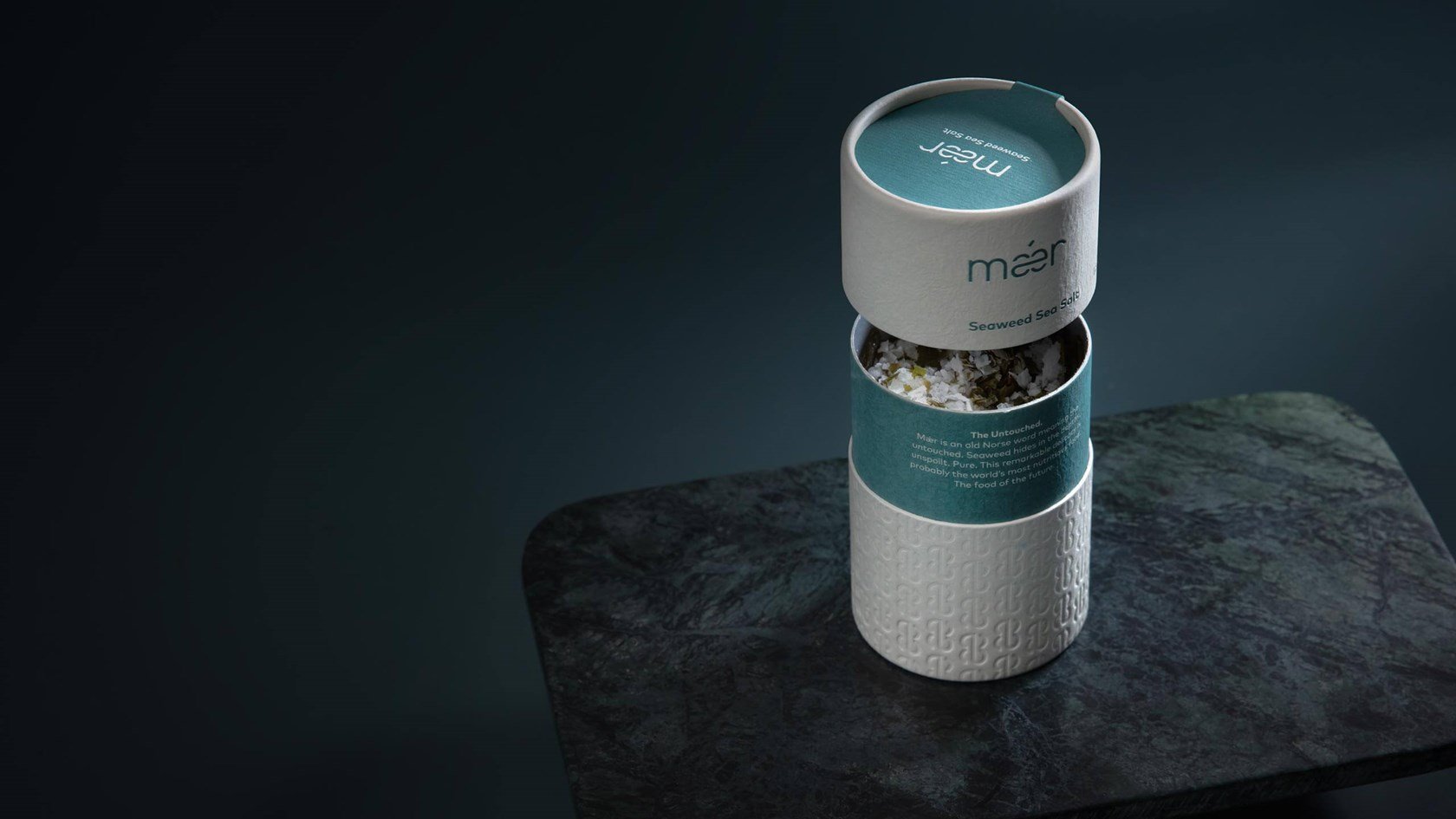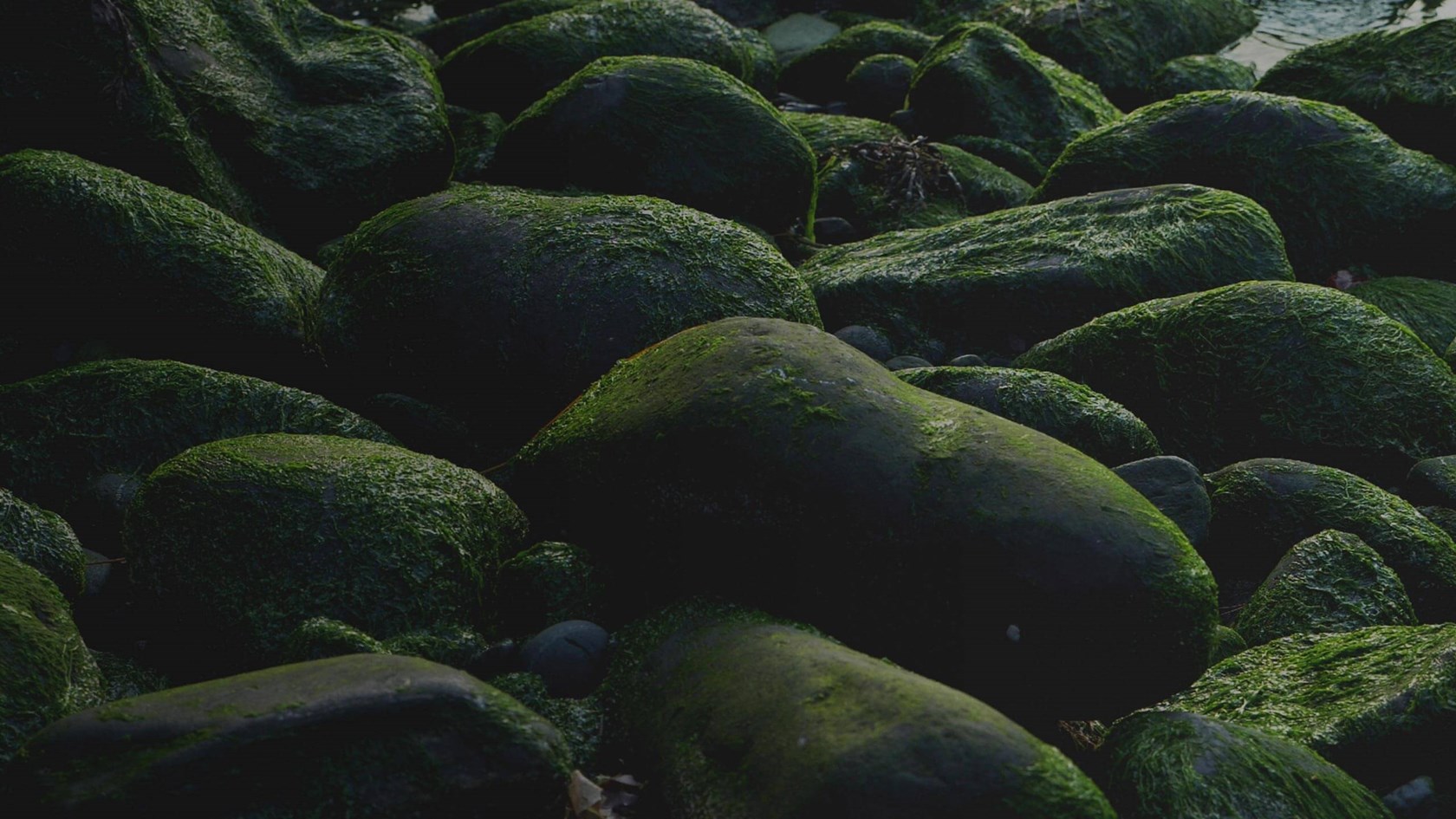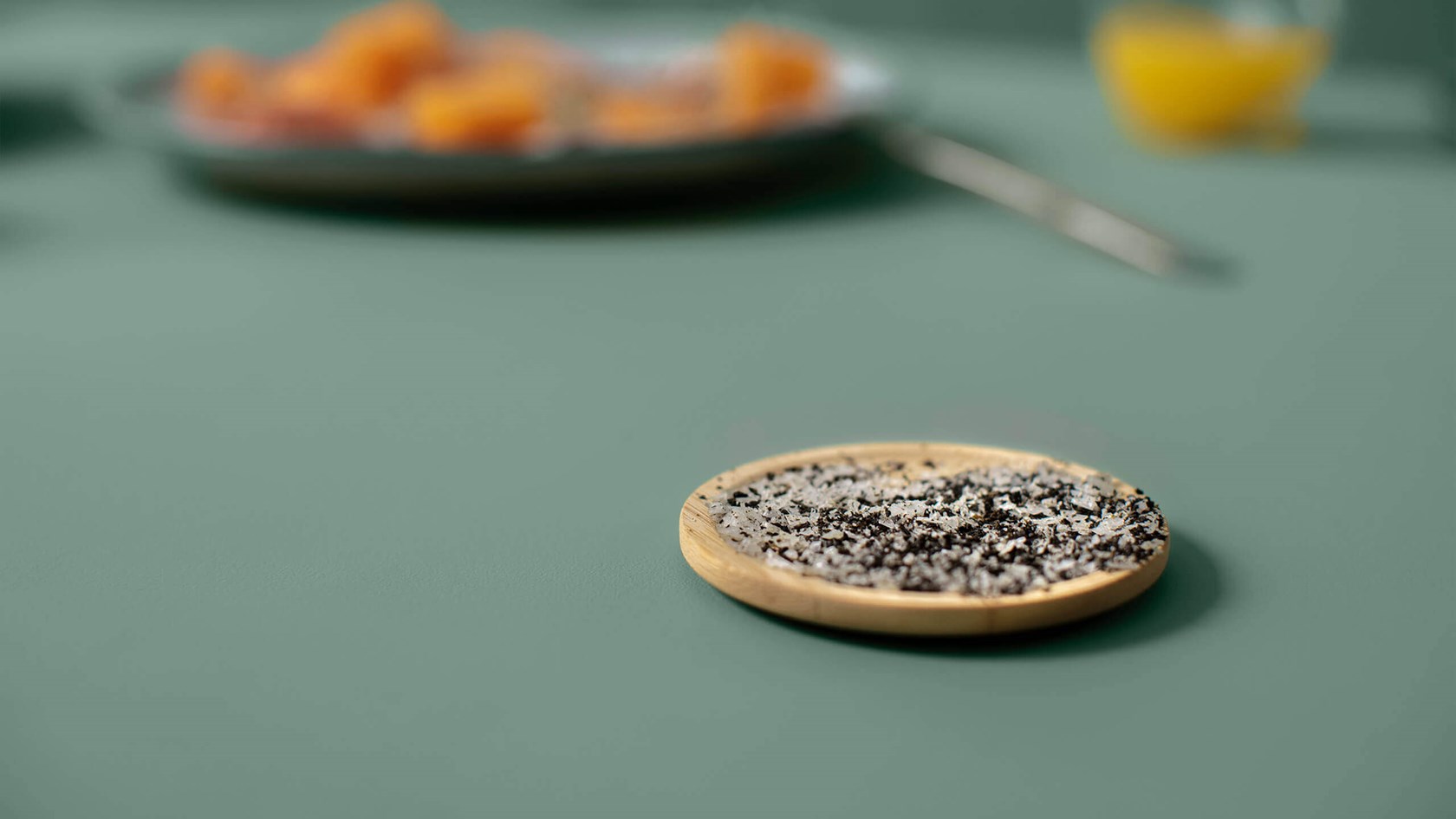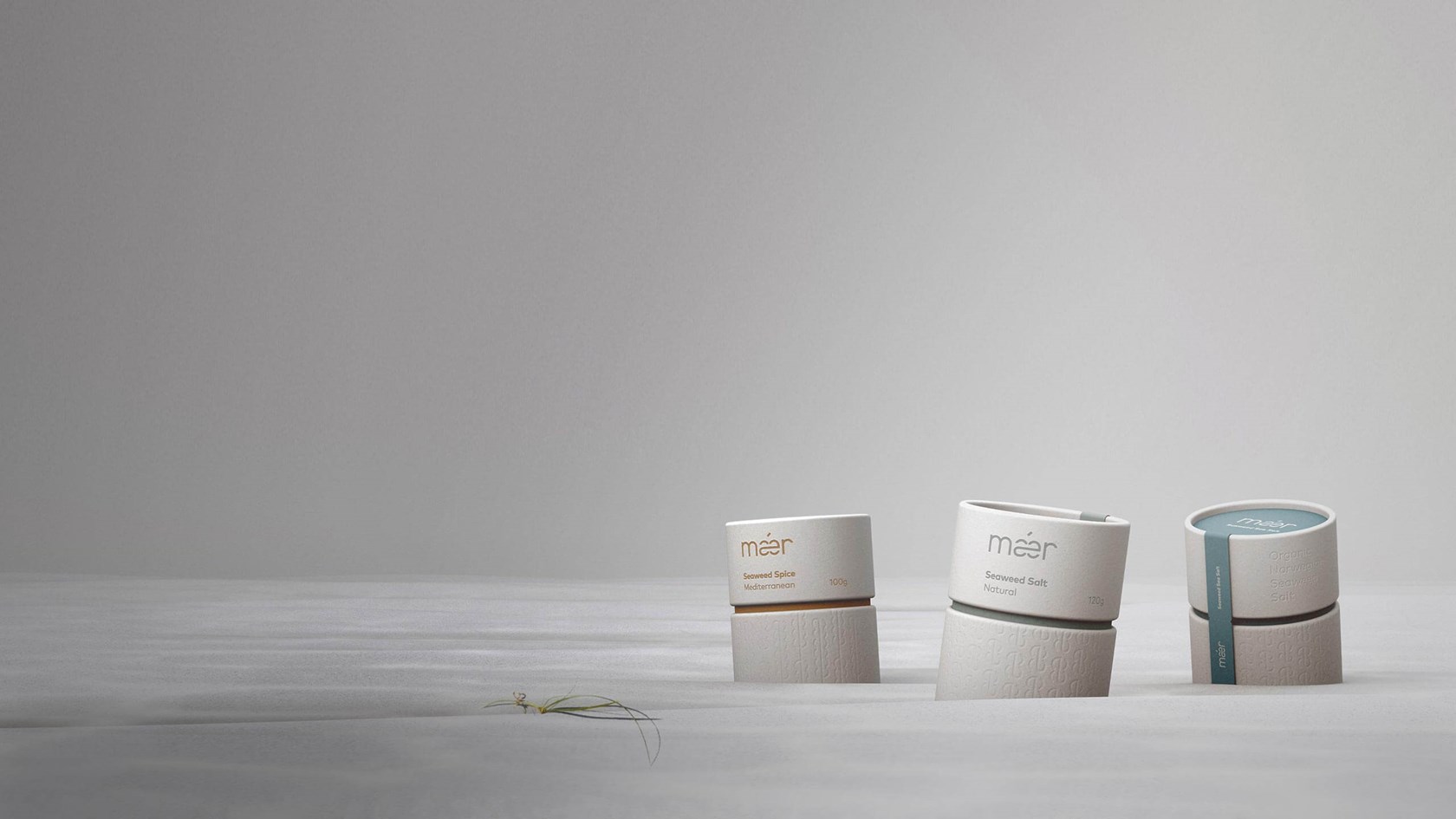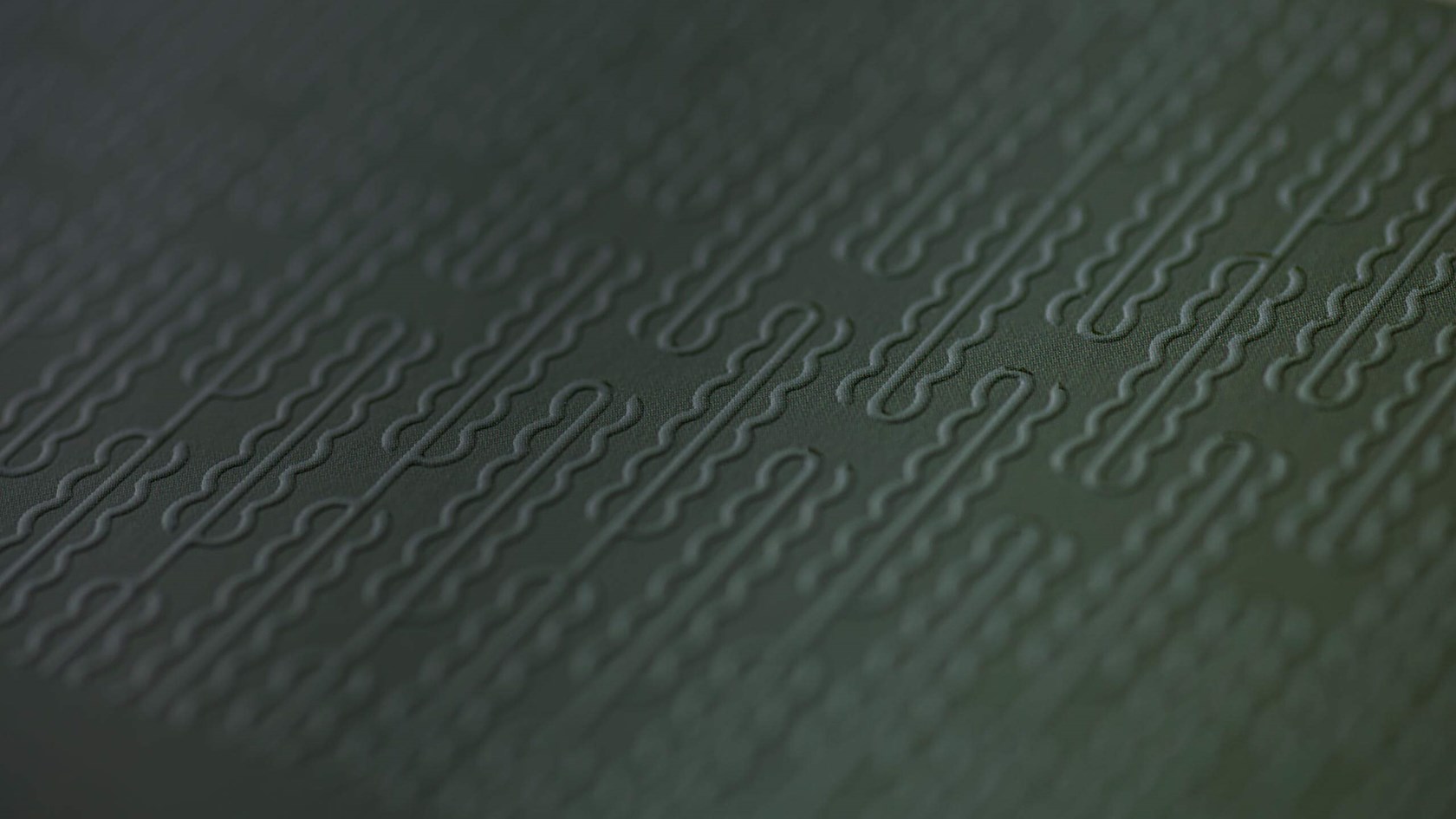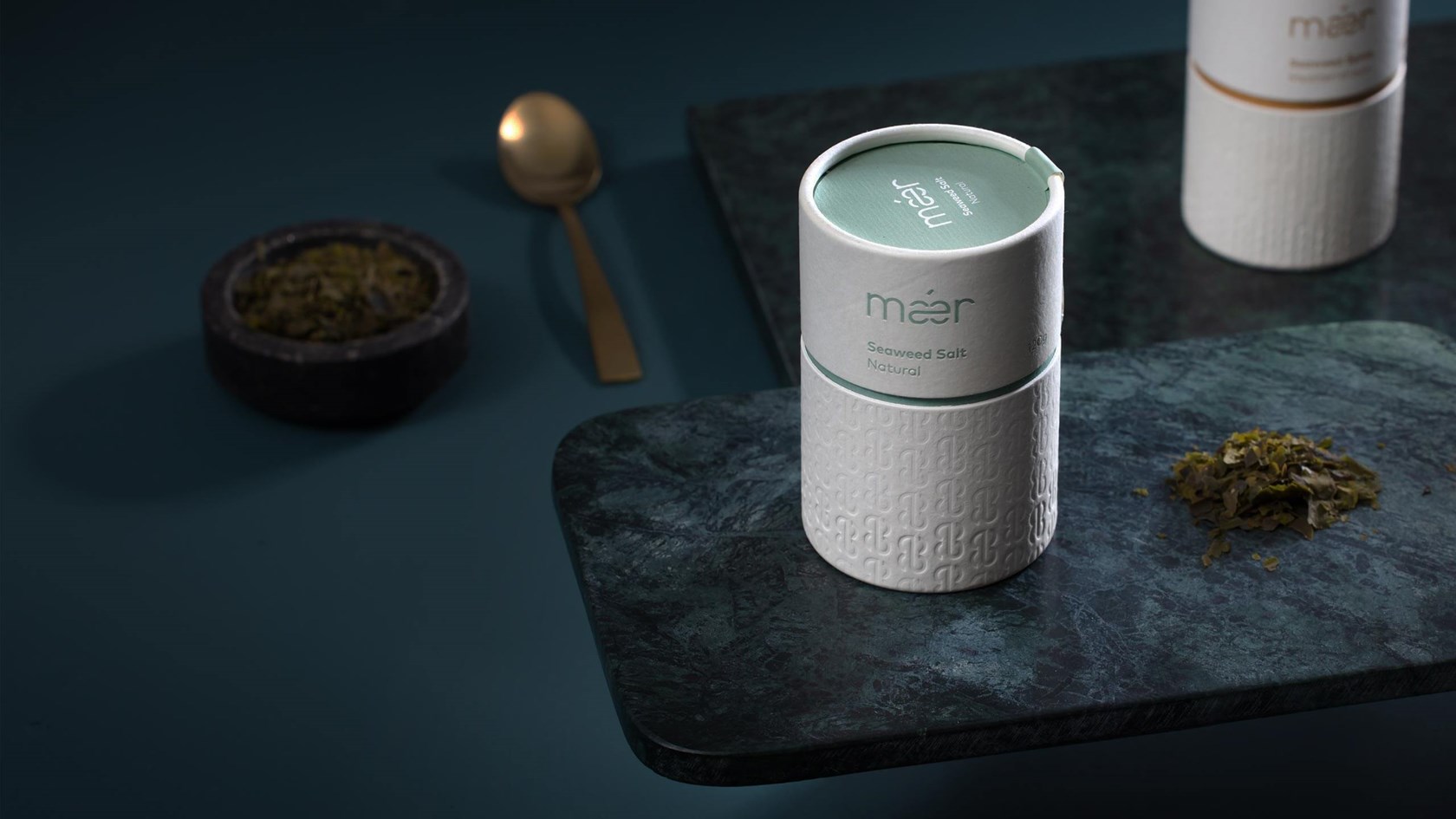
Facts and Benefits
Seaweed has been a key part of the human diet for thousands of years and is possibly the most nutritious food in the world. At least we believe so.
What is Seaweed?
Sugar Kelp is regarded one of the most delicate of the edible seaweeds because of their sweet taste and their natural content of glutamate, providing the rich and tasteful umami flavour.
Our products are made out of Sugar Kelp, a brown algae, known for its brown coulour, characteristic blade with wave shaped edges, and sweet taste. Sugar kelp occurs naturally along the Norwegian coastline from the intertidal zone down to 30 meters and can become until 5 meters long. Macroalgae are marine plants, and their nutritional content will vary depending on season, geographical location and temperature.
Seaweed (or macroalgae) is the common name of a diverse group of algae that lives in marine and freshwater environments. The seaweed family is huge and consists of hundreds of different species. Seaweed has been a key part of the human diet for thousands of years and is possibly the most nutritious food in the world. At least we believe so.
